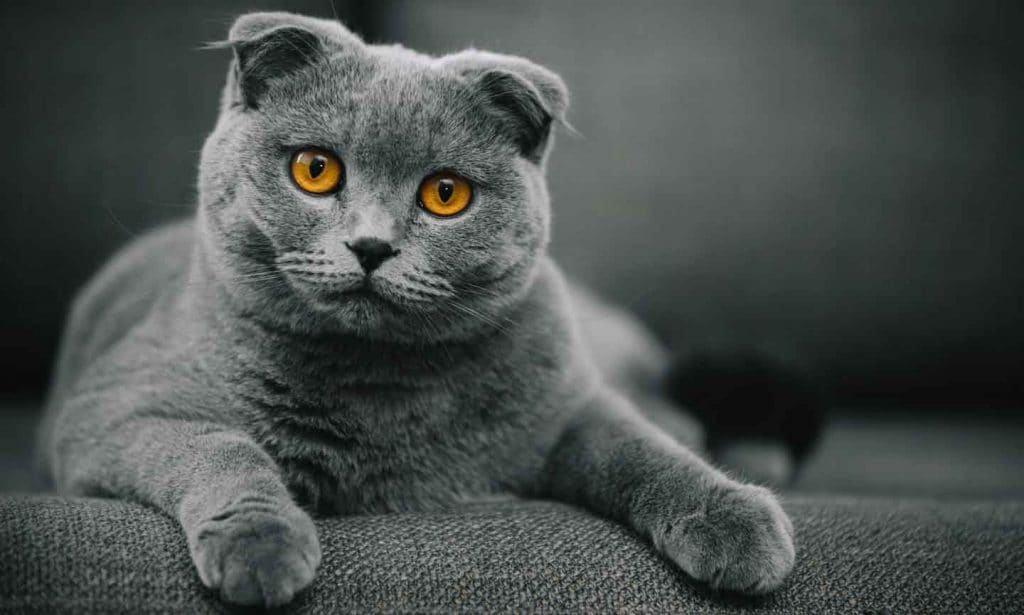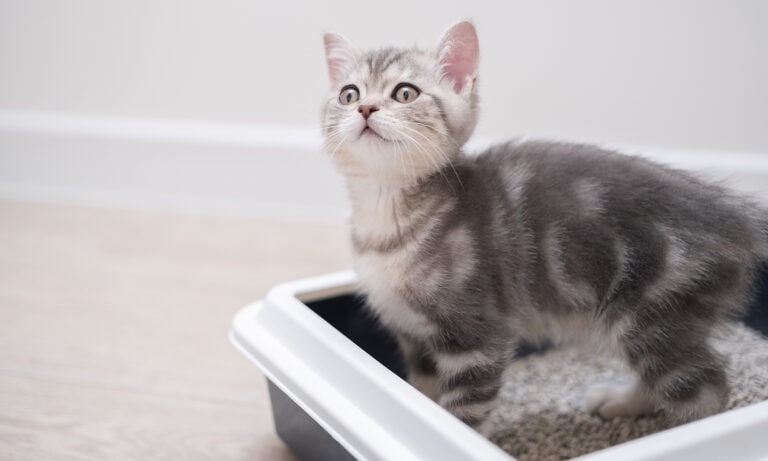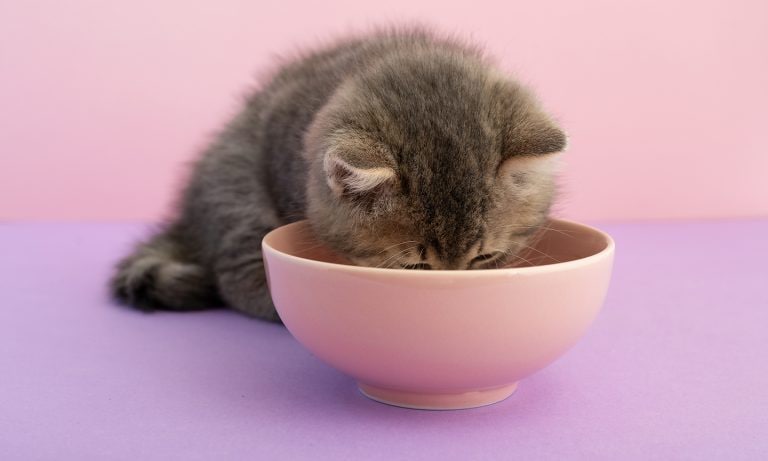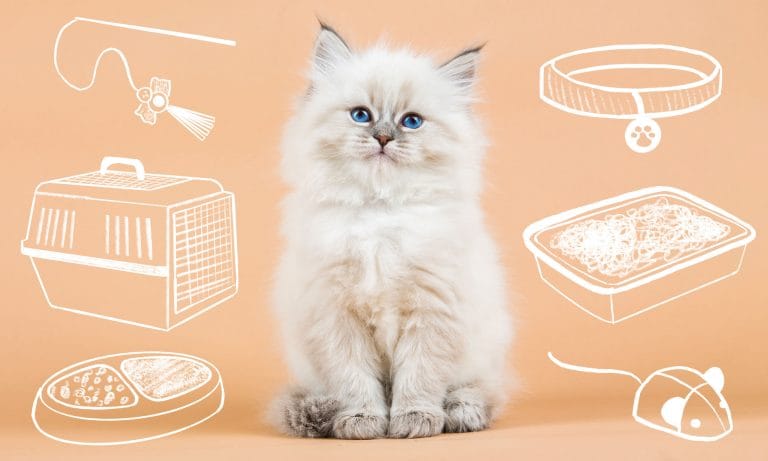8 Causes of Watery Eyes in Cats
Anything that irritates the eye can cause watery eyes in cats. Cats of all ages can be affected, though certain causes are more common in kittens, such as infections. Other causes (such as cancer) are more common in older animals.
Common causes of watery eyes in cats include:
1Conjunctivitis
Conjunctiva is what veterinarians call the bodily tissues that line the eyelids and cover part of the eye. When the conjunctiva becomes inflamed, it is called conjunctivitis or, more commonly, pink eye. This is one of the most common causes of watery eyes in cats.
Symptoms: In addition to excessive tearing, symptoms include:
- Squinting
- Pain
- Red eyes
Causes: Conjunctivitis is most often caused by bacterial (chlamydiosis) or viral infections (upper respiratory infections including feline herpesvirus and feline calicivirus), or parasitic infections. Conjunctivitis due to a bacterial infection will usually have copious yellow or green eye discharge, and the eyelids on the affected eye may be matted shut. Cats with upper respiratory infections often also have nasal discharge and sneezing, but not always.
Conjunctivitis can also be caused by:
- Trauma
- Irritation from chemicals
- Eyelid or eyelash abnormalities
- Tear duct abnormalities
- Immune-mediated disease.
Is My Cat at Risk? Kittens and outdoor cats are at increased risk of conjunctivitis, and severe viral eye infections can cause blindness. Cats with feline herpesvirus, feline leukemia virus or feline immunodeficiency virus are typically infected for life and will likely struggle with recurrent eye infections. Do your best to minimize stress in these individuals, as stress can cause recurrent flare-ups with conjunctivitis.
Treatment: Eye drops, typically prescribed by your vet.
2Nasal Fold Problems
3Blocked Tear Duct
Cat eyes make tears continually, which flow over the eye before draining out a tear duct. If your cat’s tear duct is blocked, either from birth or due to trauma, then the tears have nowhere to go and will flow over, causing watery eyes.
Is My Cat at Risk? Cats with blocked tear ducts are typically kittens and have no other signs than watery eyes with clear discharge.
Treatment: Surgical correction of the tear duct.
4Uveitis
Uveitis is inflammation inside the eye itself. The condition is relatively common in cats. It can affect one or both eyes at once, and affected eyes are at higher risk for glaucoma (more on that below).
Causes:
- Bacterial infections
- Fungal infections
- Viral infections
- Parasites
- Metabolic diseases
- Immune-mediated diseases
- Cancer
Symptoms: Cats with uveitis typically feel pain in their eyes and are sensitive to light, causing cats to squint and paw at their eye. The affected eye may appear cloudy and red.
Is My Cat at Risk? Risk factors vary depending on the cause of uveitis. Younger cats and outdoor cats are at higher risk of infectious causes, while older cats are at higher risk of ocular tumors or immune mediated disease.
Treatment: Eye drops to resolve underlying cause and pain medication.
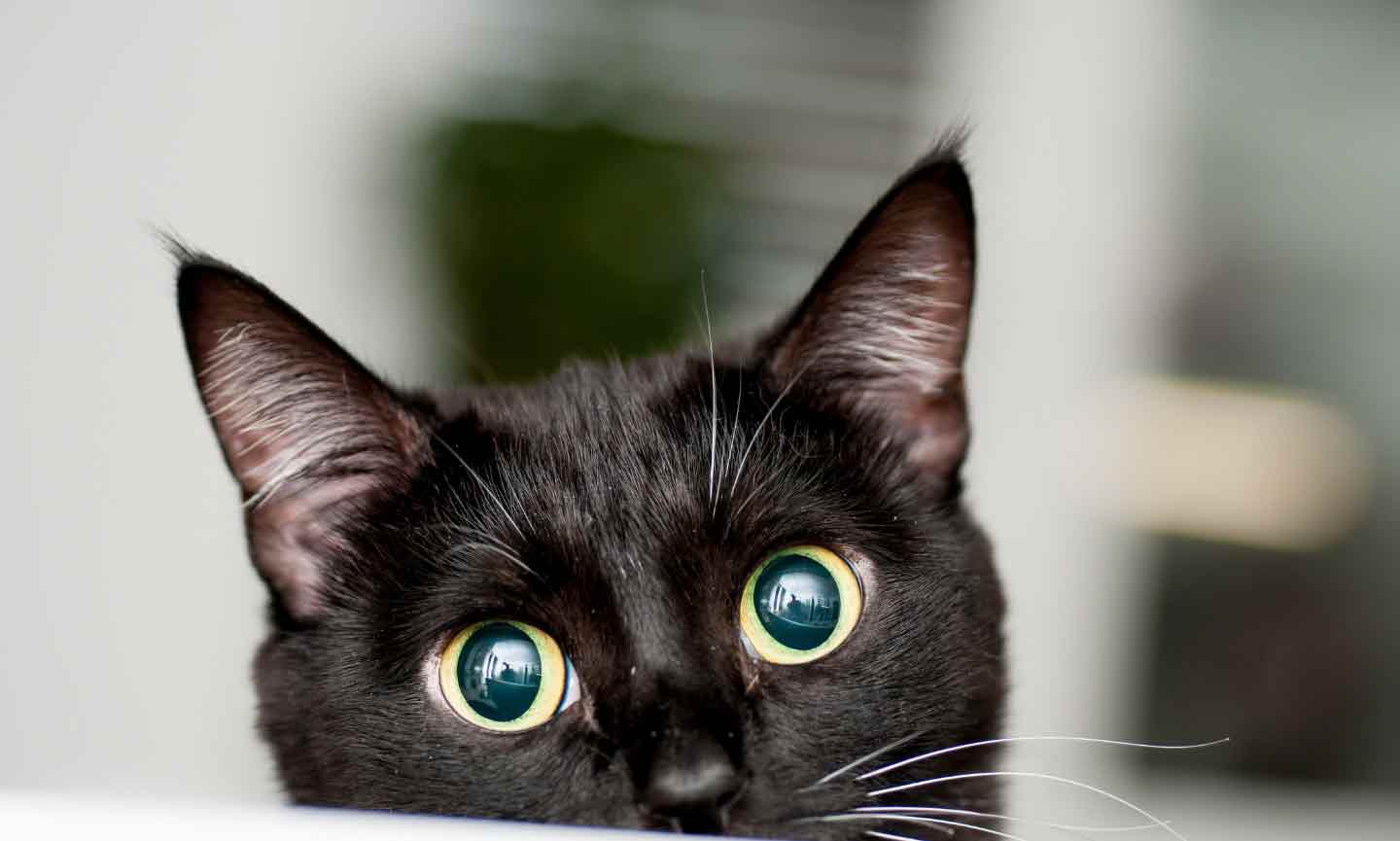
5Corneal Problems
The cornea is the clear surface of the eye that your cat sees through. If the cornea is accidentally scratched or damaged in any way, it is very painful, and will cause watery eyes, redness, and squinting. Common corneal problems include:
- Corneal laceration, aka a scratched cornea
- Corneal ulcer: a small crater within your cat’s cornea, which may also cause a white spot on the surface of your cat’s eye
- Keratitis, an inflammatory corneal problem thought to be caused by feline herpesvirus or an immune-mediated disorder
These conditions can be very painful for your cat and some, like corneal ulcers, can cause blindness if left untreated. Corneal laceration, for example, is a medical emergency requiring immediate veterinary care.
Treatment: In general, eye drops are used to treat most corneal problems. The type of eye medication required depends on the underlying cause of the corneal problem. In some cases, surgery may be required to resolve deep or persistent corneal ulcers.
6Allergies
Whether they are seasonal or food-related, allergies can cause a cat’s eyes to water. It can be difficult to pinpoint the cause of a pet’s allergy, but your veterinarian can help you through the process. Our guides to cat seasonal allergies and food allergies can help, too.
Some tips for seasonal cat allergies and irritants:
- Use a HEPA filter in your furnace and keep your cat indoors during high pollen counts.
- Avoid using scented candles or essential oil diffusers in areas that your cat frequents.
- If you use strong cleaning products, thoroughly ventilate the area and dry the products before exposing your cat.
If you suspect your cat has a food allergy, contact your veterinarian. They may recommend a food elimination trial to determine what your cat is allergic to so you can avoid feeding it to them.
7A Foreign Object in the Eye
If your cat has a foreign object, like a piece of grass or a toe nail, stuck in their eye, it will cause watery eyes. You may also see your cat pawing at their eye.
Treatment: Eye drops, pain medication, and surgical removal of the foreign object if necessary.
8Glaucoma
Glaucoma is caused by increased pressure inside the eyeball. It’s a very painful condition and causes blindness if left unattended.
Causes:
- Inflammatory disorders
- A tumor inside the eye
Symptoms: Cats with glaucoma will squint, paw at their eye, and have watery eyes.
Is My Cat at Risk? Glaucoma is usually a problem seen in older cats.
Treatment: Eye drops to save the eye and relieve cats’ pain. If the eye cannot be saved, then surgical removal of the blind eye is recommended.
Should I Take My Cat to the Vet?
In cats, watery eyes may be a mild issue that might not require any treatment, or it might be the precursor to a serious issue that can cause pain and blindness. In general:
- If your cat has watery eyes that aren’t red and is acting otherwise normal and happy, monitor them at home. If watery eyes persist more than 24 hours, call your vet for advice.
- If your cat has watery, red eyes, is squinting, hiding or acting otherwise sick in any way, call your vet to have your cat seen as soon as possible.
- If your cat has watery, red eyes, is pawing at their eye, acting blind, or if you see evidence of trauma to the eye or a foreign object in the eye, take your cat to a veterinarian immediately.
If you are worried in any way, call your vet for advice! As with most medical issues, it is always better to be safe than sorry and get help when you need it.
Not sure whether to see a vet? Use PetMD's Symptom Checker. Answer a few questions about your pet's symptoms, and the vet-created online tool will give you the most likely causes and next steps.
More Cat Health Tips
Share:
